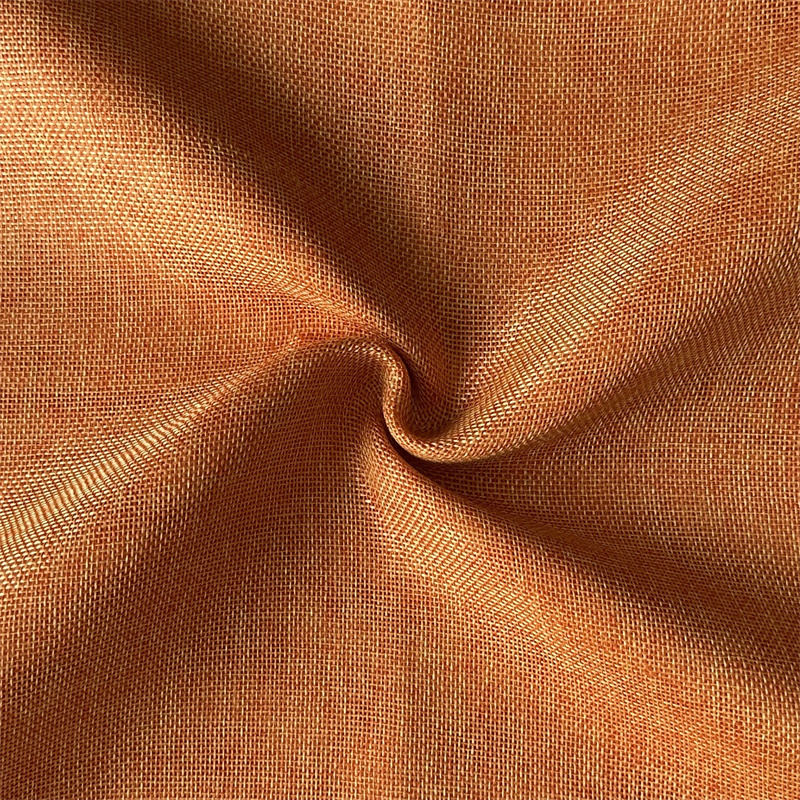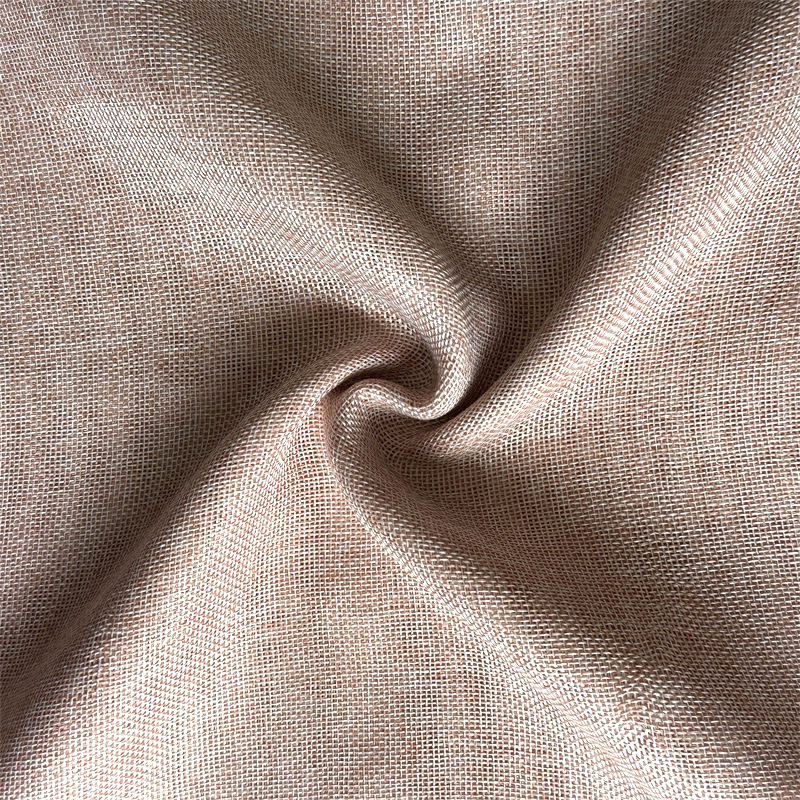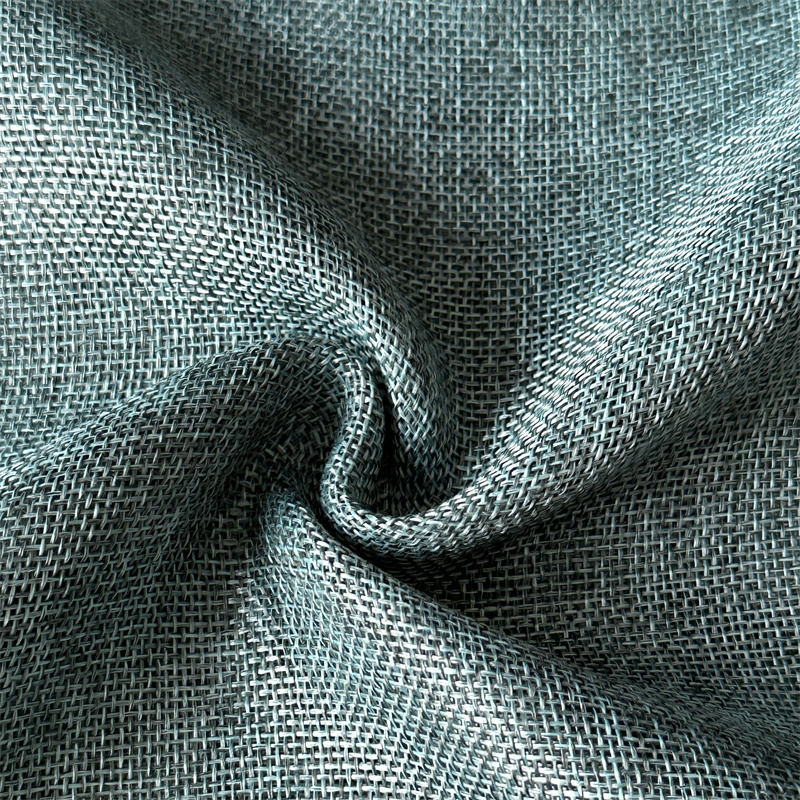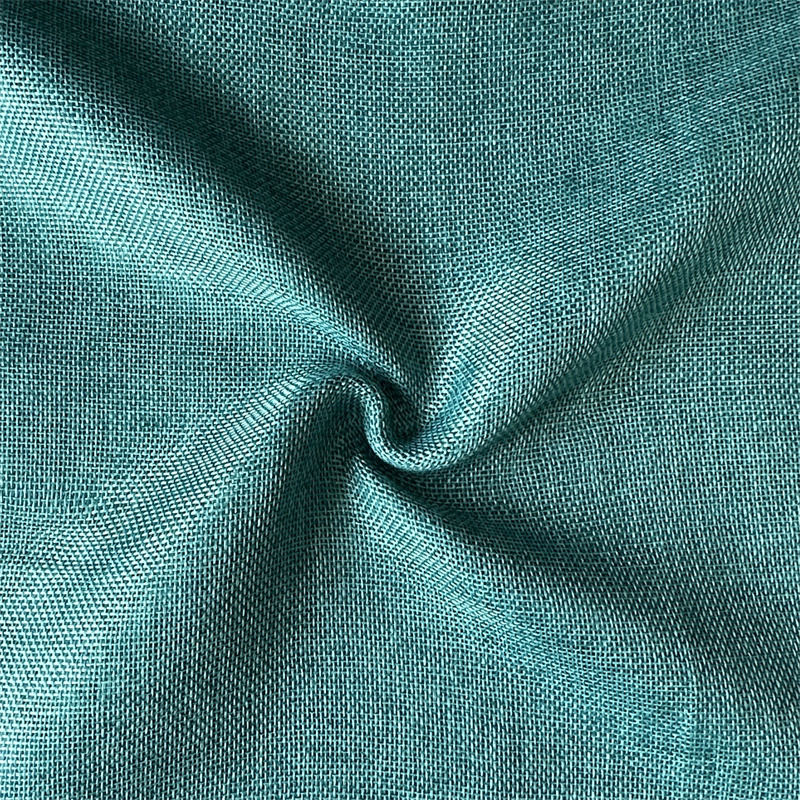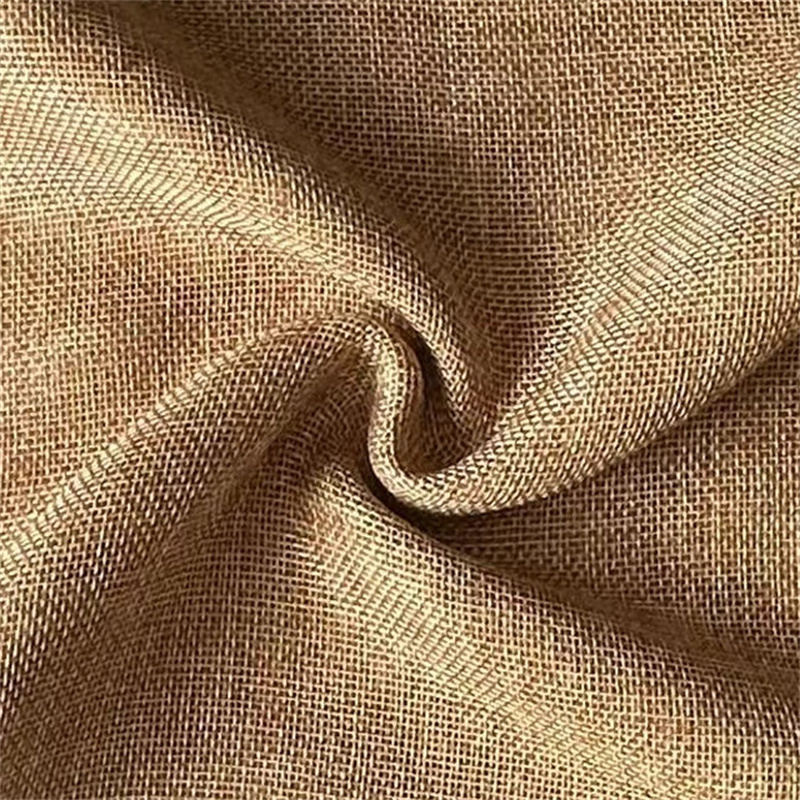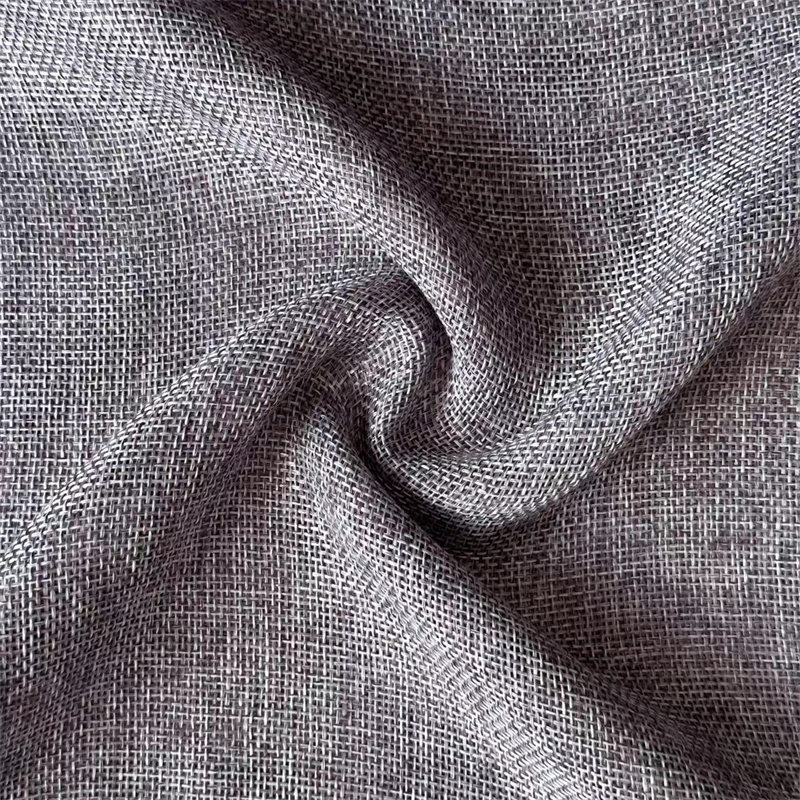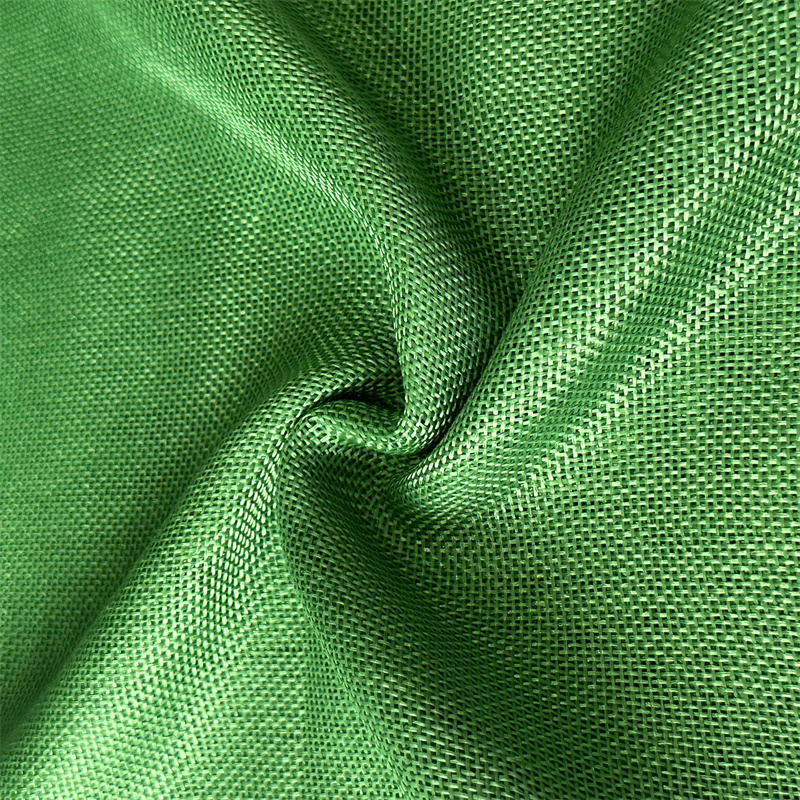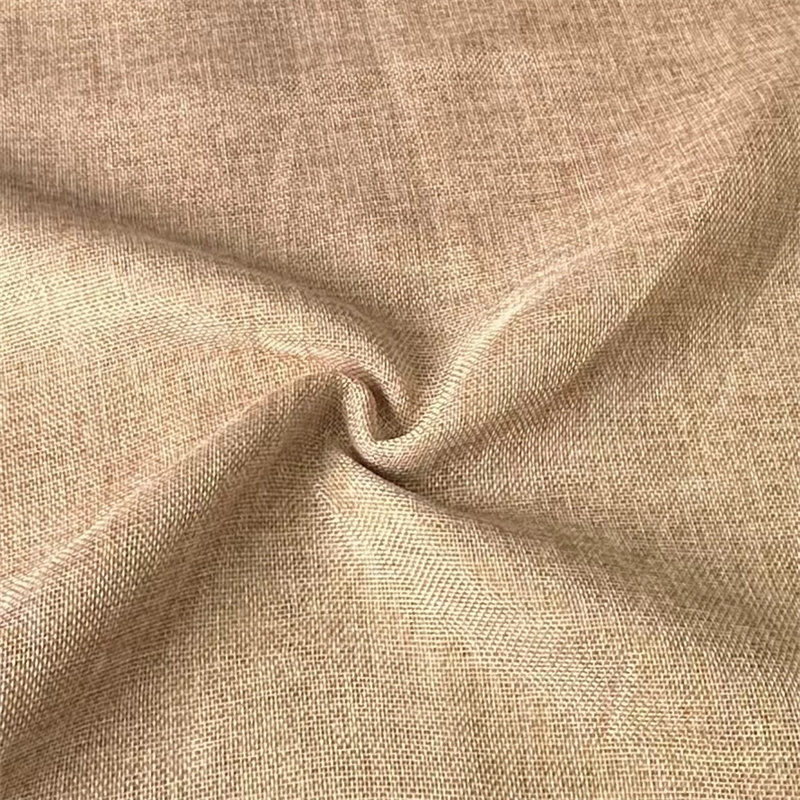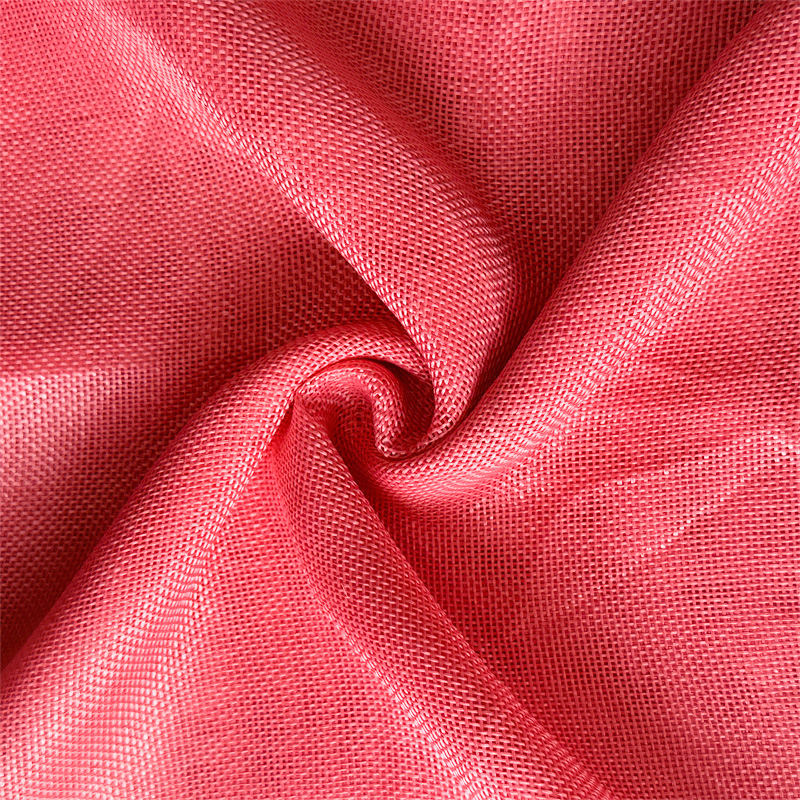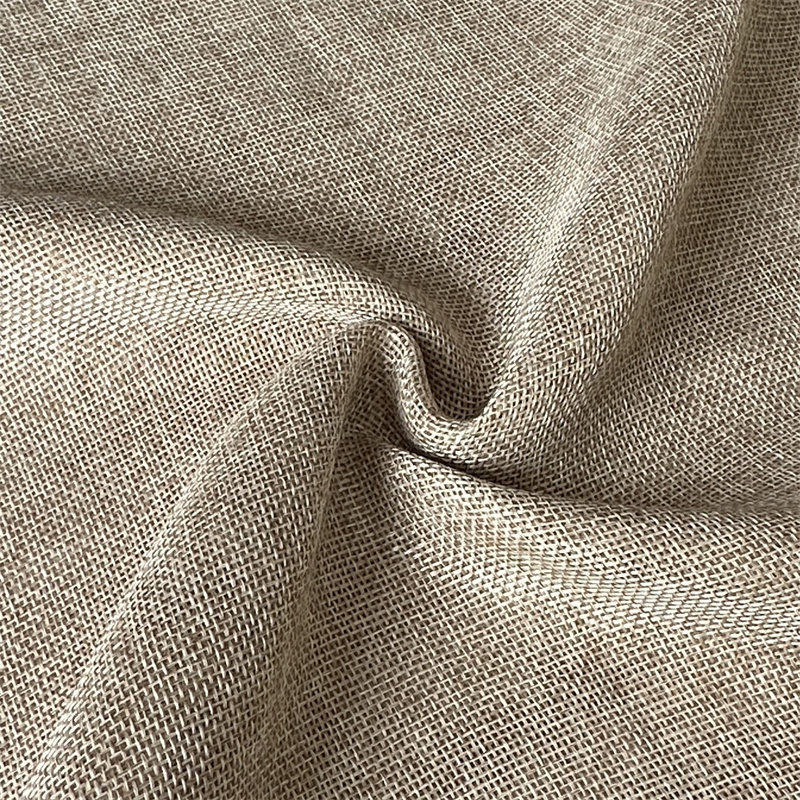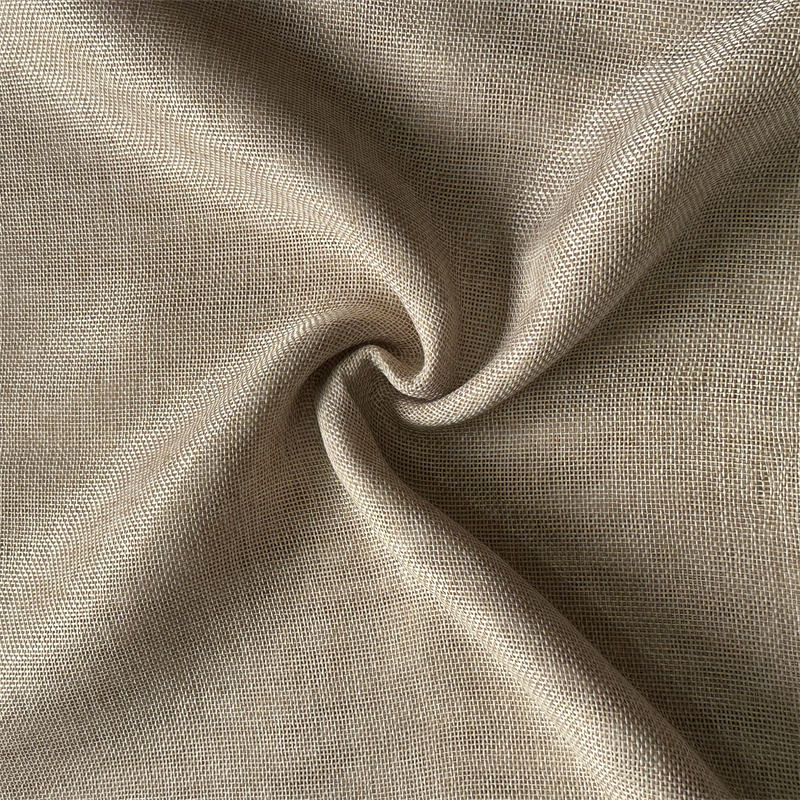When selecting fabrics for clothing, upholstery, or home décor, breathability and comfort are two of the most important factors. Among the popular choices, polyester linen, cotton, and pure linen each offer distinct advantages and limitations. Understanding how polyester linen compares to these natural fibers in terms of comfort, moisture management, and usability can help designers, manufacturers, and consumers make informed choices.
This article provides a comprehensive comparison of polyester linen, cotton, and pure linen, focusing on breathability, comfort, maintenance, and practical applications.
1. Understanding Polyester Linen
Polyester linen, also called polyester-linen blend, is a fabric made by combining polyester fibers with linen fibers. Typically, the blend ratios range from 50/50 to 70/30, depending on the desired texture, durability, and drape.
Key Characteristics of Polyester Linen:
- Durability: Polyester fibers provide strength and resistance to tearing, making the fabric more durable than pure linen.
- Wrinkle Resistance: Unlike natural linen, polyester linen resists wrinkling and maintains a smoother appearance after washing.
- Affordability: Blending linen with polyester reduces production costs while retaining much of the aesthetic appeal of natural linen.
- Lightweight and Soft: The fabric feels lighter and softer than pure linen, especially when woven finely.
- Moisture Management: Polyester reduces the natural absorbency of linen slightly but increases drying speed.
2. Understanding Cotton
Cotton is one of the most widely used natural fibers globally, valued for its softness, breathability, and versatility. It is derived from the cotton plant, and comes in various weaves such as percale, sateen, and twill.
Key Characteristics of Cotton:
- Breathability: Cotton fibers allow air to circulate, making the fabric comfortable in hot and humid climates.
- Moisture Absorption: Cotton absorbs sweat effectively, enhancing comfort for clothing and bedding.
- Softness: High-quality cotton feels soft against the skin and improves with repeated washing.
- Durability: Cotton is durable but prone to shrinkage and wrinkling.
- Hypoallergenic: Cotton is generally suitable for sensitive skin.
3. Understanding Pure Linen
Linen is a natural fiber derived from the flax plant. Known for its crisp texture and elegant drape, pure linen is valued for both clothing and home textiles.
Key Characteristics of Pure Linen:
- Exceptional Breathability: Linen fibers are hollow, allowing superior airflow and keeping the wearer cool.
- Moisture Wicking: Linen absorbs moisture quickly and releases it efficiently, keeping the skin dry and comfortable.
- Natural Texture: Linen has a distinct, slightly coarse texture that softens over time with washing.
- Durability: Pure linen is very strong but prone to wrinkling and requires careful handling.
- Eco-Friendly: Linen production uses fewer chemicals and water than cotton, making it environmentally sustainable.
4. Breathability Comparison
Breathability determines how well a fabric allows air to pass through, directly impacting comfort in warm or humid conditions.
Polyester Linen
- The addition of polyester slightly reduces airflow compared to pure linen.
- Still more breathable than fully synthetic fabrics due to the linen content.
- Suitable for warm climates but may feel less cool than pure linen.
Cotton
- Cotton is naturally breathable and allows good air circulation.
- Ideal for everyday clothing and bedding in moderate to warm climates.
- Cotton’s breathability is enhanced in lightweight weaves like percale.
Pure Linen
- Linen offers the highest breathability among the three fabrics.
- Hollow fibers and natural gaps between threads allow continuous airflow.
- Perfect for hot, humid environments where cooling and ventilation are critical.
Conclusion: Pure linen > Cotton > Polyester linen (in terms of breathability)
5. Comfort Comparison
Comfort depends on softness, moisture absorption, flexibility, and how the fabric feels against the skin.
Polyester Linen
- Offers a balance between softness and structure.
- Less prone to roughness compared to pure linen, especially in finer weaves.
- Moisture-wicking is moderate; the polyester reduces water absorption slightly but ensures quick drying.
- Lightweight polyester linen is comfortable for casual clothing, drapery, and light upholstery.
Cotton
- Soft and smooth; comfortable for direct skin contact.
- Excellent moisture absorption improves comfort in humid conditions.
- Can feel heavier when wet, especially in dense weaves.
- Comfortable for clothing, bedding, and casual upholstery.
Pure Linen
- Crisp and slightly coarse initially, but softens with washing.
- Outstanding moisture-wicking keeps the skin dry.
- Lightweight linen provides a natural cooling effect.
- Comfortable for summer clothing, curtains, and bedding.
Conclusion: Pure linen and cotton are more comfortable for direct skin contact in hot climates, while polyester linen provides a softer, wrinkle-resistant alternative with moderate comfort.
6. Maintenance and Durability
Maintenance affects both comfort and long-term usability.
Polyester Linen
- Durability: Stronger than cotton or pure linen due to polyester content.
- Wrinkle Resistance: Fewer wrinkles; easier to iron or steam.
- Washing: Machine washable; dries quickly; less prone to shrinkage.
- Care: Resistant to fading, making it suitable for long-term use.
Cotton
- Durability: Good, but prone to shrinkage and pilling over time.
- Wrinkle Resistance: Needs ironing for a smooth finish.
- Washing: Machine washable; may require gentle cycles for delicate weaves.
- Care: Absorbs dyes well; colors may fade with repeated washing.
Pure Linen
- Durability: Very strong; becomes softer and more comfortable with each wash.
- Wrinkle Resistance: Highly prone to wrinkles; ironing or steaming recommended.
- Washing: Can be machine washed or hand washed; requires care to prevent fiber damage.
- Care: Natural fiber is eco-friendly; may yellow over time if exposed to sunlight.
Conclusion: Polyester linen offers the easiest maintenance and long-term durability, while pure linen and cotton require more careful handling but provide superior natural comfort.
7. Practical Applications
Polyester Linen
- Home Décor: Curtains, tablecloths, upholstery.
- Apparel: Casual shirts, dresses, and lightweight jackets.
- Industrial Use: Decorative coverings or office furniture where low maintenance is preferred.
Cotton
- Apparel: T-shirts, casual wear, sleepwear.
- Home Textiles: Bed sheets, pillowcases, towels.
- Versatile Uses: Both casual and professional applications.
Pure Linen
- Apparel: Summer clothing, dresses, shirts, and pants.
- Home Textiles: Bedding, curtains, and table linens.
- Luxury Applications: High-end upholstery and eco-friendly designs.
8. Environmental and Sustainability Considerations
- Polyester Linen: Synthetic polyester has a higher environmental footprint due to petroleum-based production. Blending reduces costs and adds durability but lowers biodegradability.
- Cotton: Natural and biodegradable, but conventional cotton requires significant water and pesticide use. Organic cotton is more sustainable.
- Pure Linen: Eco-friendly, requires less water and chemicals than cotton, and is fully biodegradable. Linen is often the most sustainable choice among these three fabrics.
9. Conclusion
When comparing polyester linen, cotton, and pure linen, the key factors of breathability and comfort vary based on fiber composition:
- Breathability: Pure linen > Cotton > Polyester linen
- Comfort in hot climates: Pure linen and cotton excel due to moisture-wicking and cooling properties.
- Durability and maintenance: Polyester linen is the most practical, offering wrinkle resistance, strength, and low-maintenance care.
- Applications: Polyester linen is suitable for upholstery and casual wear, cotton is versatile for apparel and bedding, and pure linen is ideal for summer clothing and luxury home textiles.
Ultimately, the choice depends on the specific use case, climate, desired comfort, and maintenance preferences. Polyester linen provides a balanced option combining durability, affordability, and moderate comfort. Cotton remains the all-rounder, while pure linen is the premium choice for maximum breathability, comfort, and eco-friendliness.


 中文简体
中文简体 Español
Español